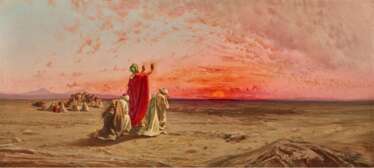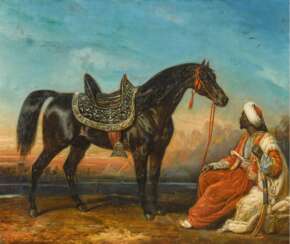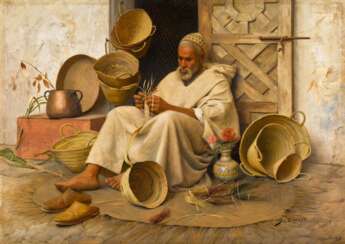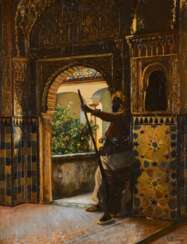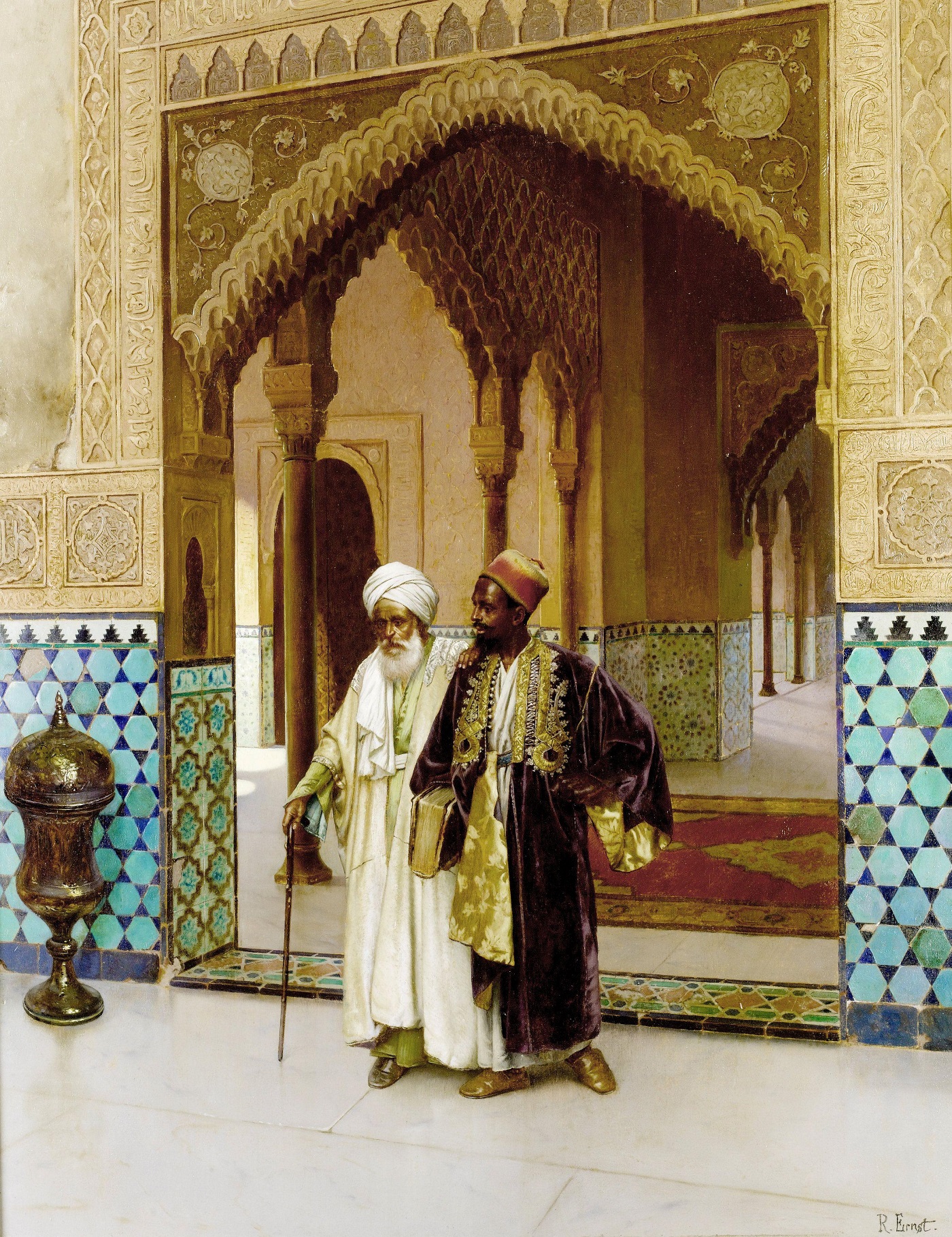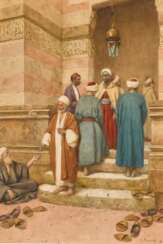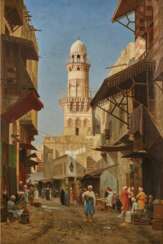
Painting Modern — The Orientalist Sale
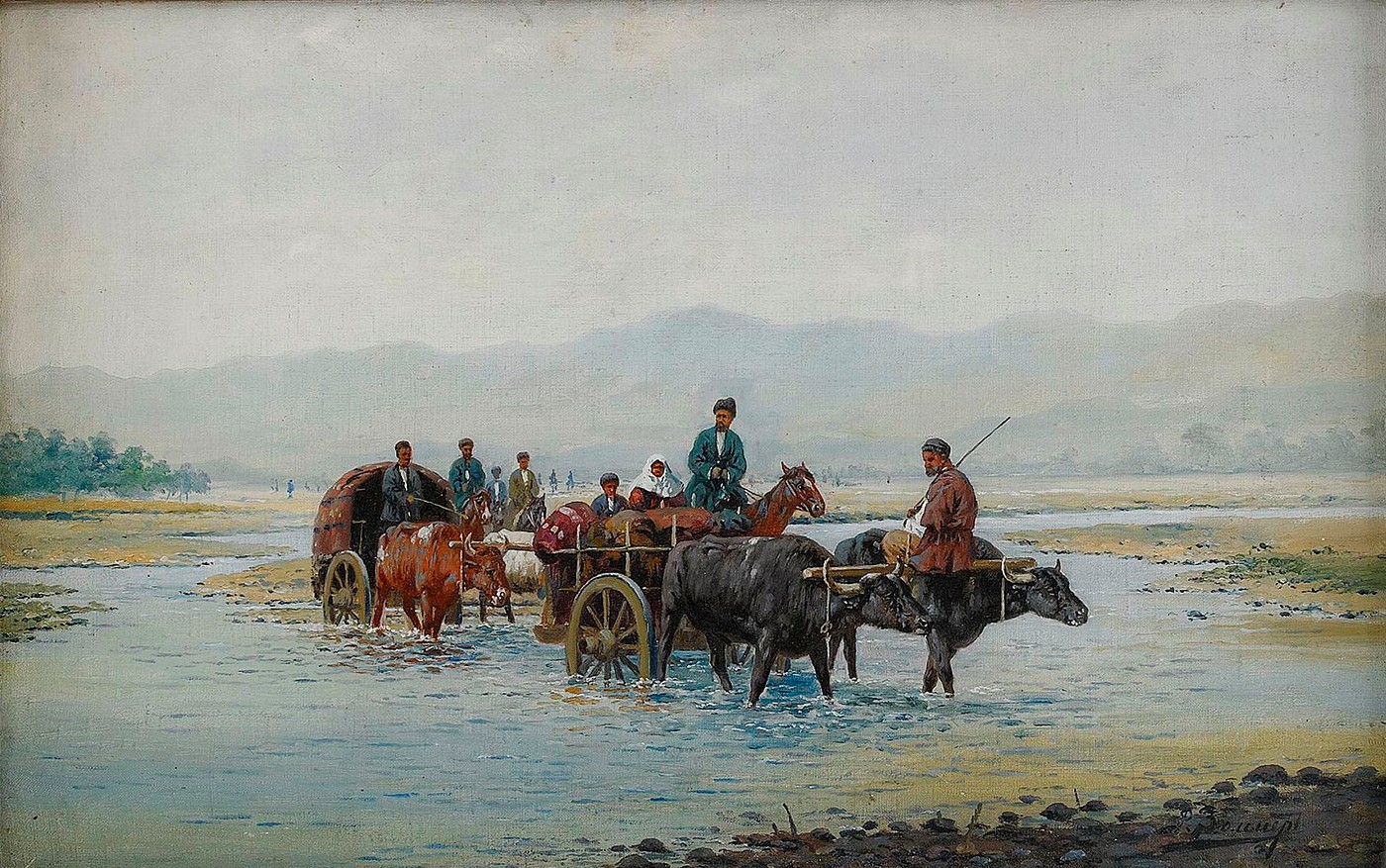
Richard Karl Sommer (Russian: Рихард-Карл Карлович Зоммер) was a Russian and Soviet artist of the late 19th and first third of the 20th centuries of German origin. He is known as a painter, graphic artist and watercolorist.
Sommer is most famous for his works created in Central Asia and Transcaucasia. He painted both domestic and battle scenes there, as well as landscapes of architectural monuments and old city neighborhoods. His paintings are characterized by clear composition and attention to detail, combining features of realism and impressionism, which made them popular among collectors and art connoisseurs.
The master was one of the founders of the Tiflis Society of Fine Arts.
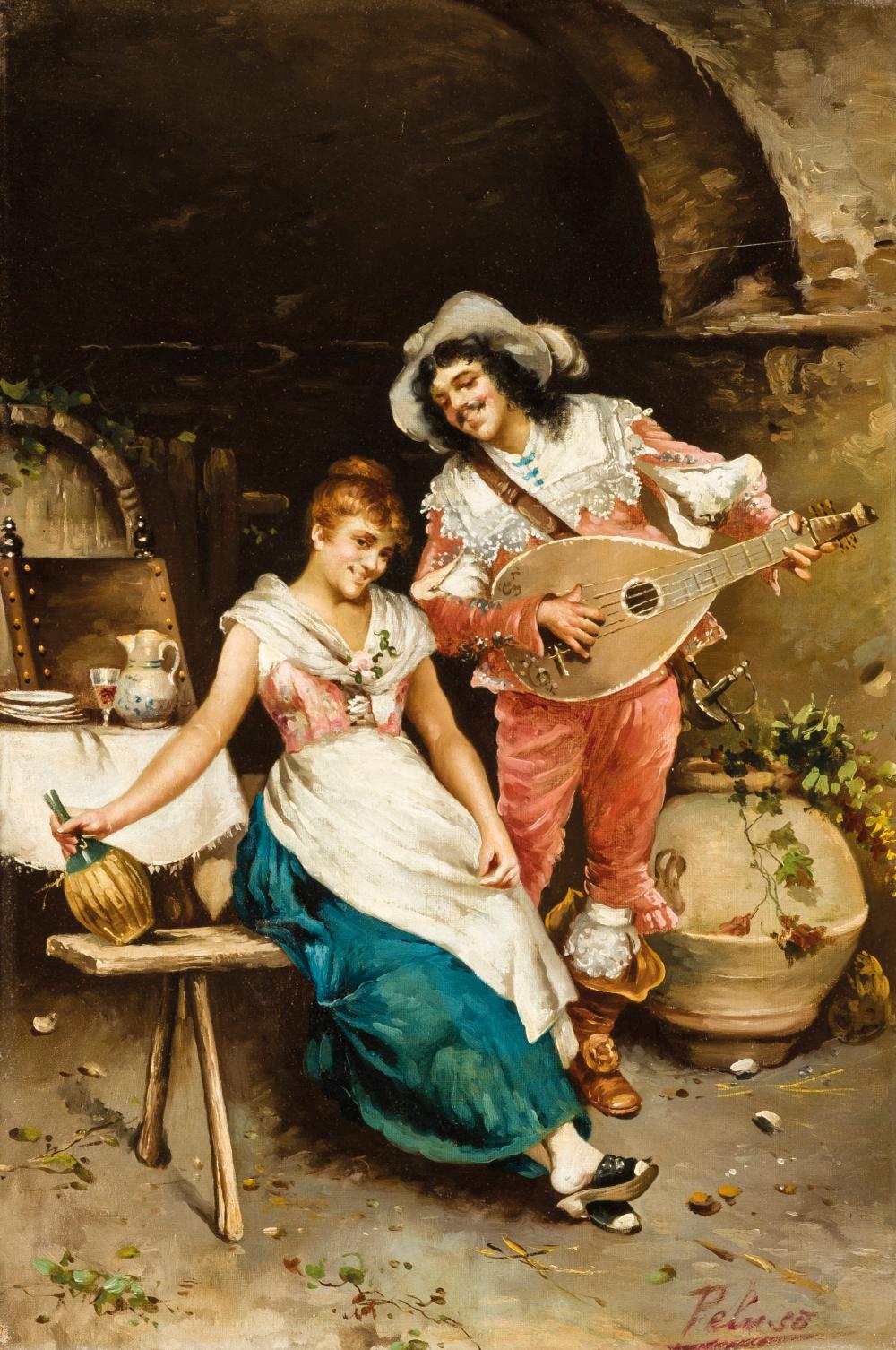
Francesco Peluso was an Italian painter. He is known for his genre paintings and portraits, which were often inspired by everyday life and culture in Naples.
Peluso had a realistic and naturalistic approach to painting. His paintings often depicted scenes of everyday life in Naples, including street vendors, musicians and local festivals. Peluso was particularly adept at conveying the vivid colours and atmosphere of the city, and his works are known for their warm, sunny palette and sense of spontaneity.
In addition to genre paintings, Peluso also produced a number of portraits, many of which were commissioned by members of the Italian nobility. His portraits are noted for their attention to detail and psychological insight into the character and personality of the subject.
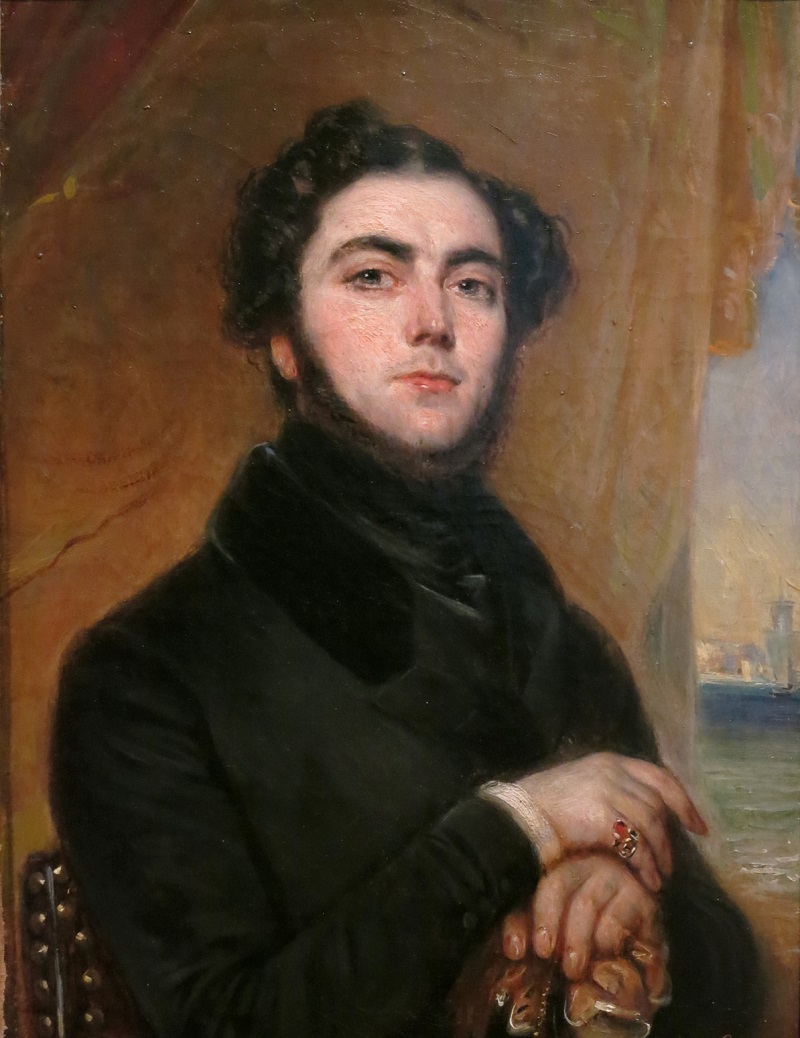
Guillaume-François-Gabriel Lepaulle was a French painter. He is known for his landscapes, genre scenes and historical paintings, which were often inspired by the Romantic movement.
Lepaulle began his artistic education at the École des Beaux-Arts in Paris, where he studied with the artists Jean-Baptiste Regnault and Horace Vernet. He later became a member of the Académie des Beaux-Arts and exhibited his work in the Paris Salon.
Lepol's paintings often depicted idyllic landscapes and rustic scenes, influenced by the Romantic movement's emphasis on nature and emotion. He was particularly adept at conveying the effects of light and atmosphere, and his paintings are characterised by a luminous quality and subtle colour harmonies.
In addition to landscapes, Lepol also painted a number of historical scenes, including depictions of medieval battles and religious subjects. His historical paintings were often notable for their dramatic compositions and attention to detail.
Lepol's work was well received during his lifetime, and the French government awarded him the Legion of Honour in recognition of his artistic achievements. Today his paintings can be found in many museums and collections around the world.
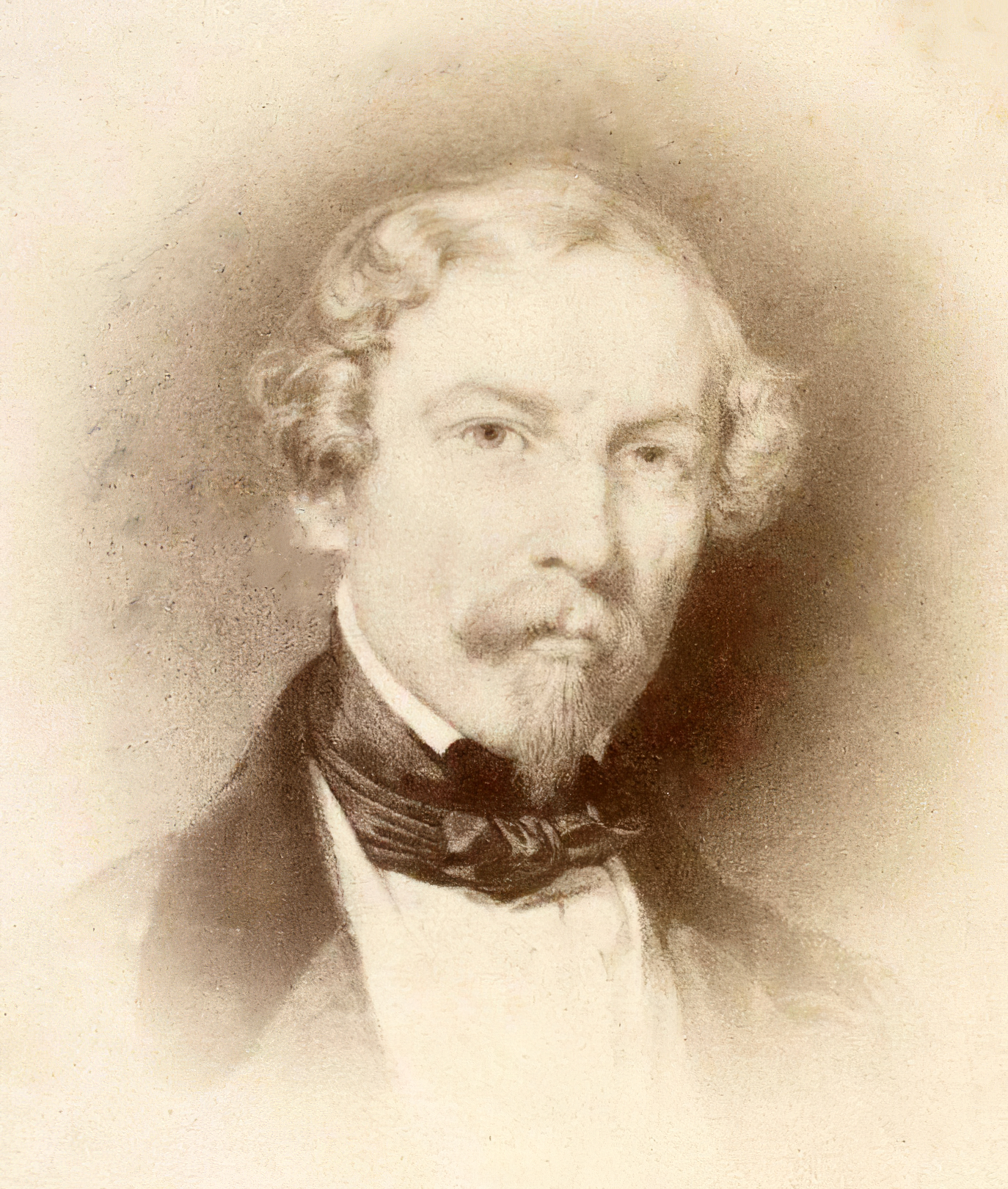
Eugène Flandin was a French artist and archaeologist. He is best known for his watercolor paintings of ancient monuments and landscapes in the Middle East, as well as his contributions to the field of Orientalist studies.
Flandin received his artistic training at the École des Beaux-Arts in Paris, where he studied under the painter Horace Vernet. He later went on to become a professor of archaeology and Oriental languages at the Collège de France.
Flandin's artistic work focused primarily on the ancient ruins and landscapes of the Middle East. Flandin was also a pioneer in the field of Orientalist studies, which focused on the art, culture, and history of the Middle East. He conducted extensive research on Persian and Ottoman art and architecture, and published several books on the subject.
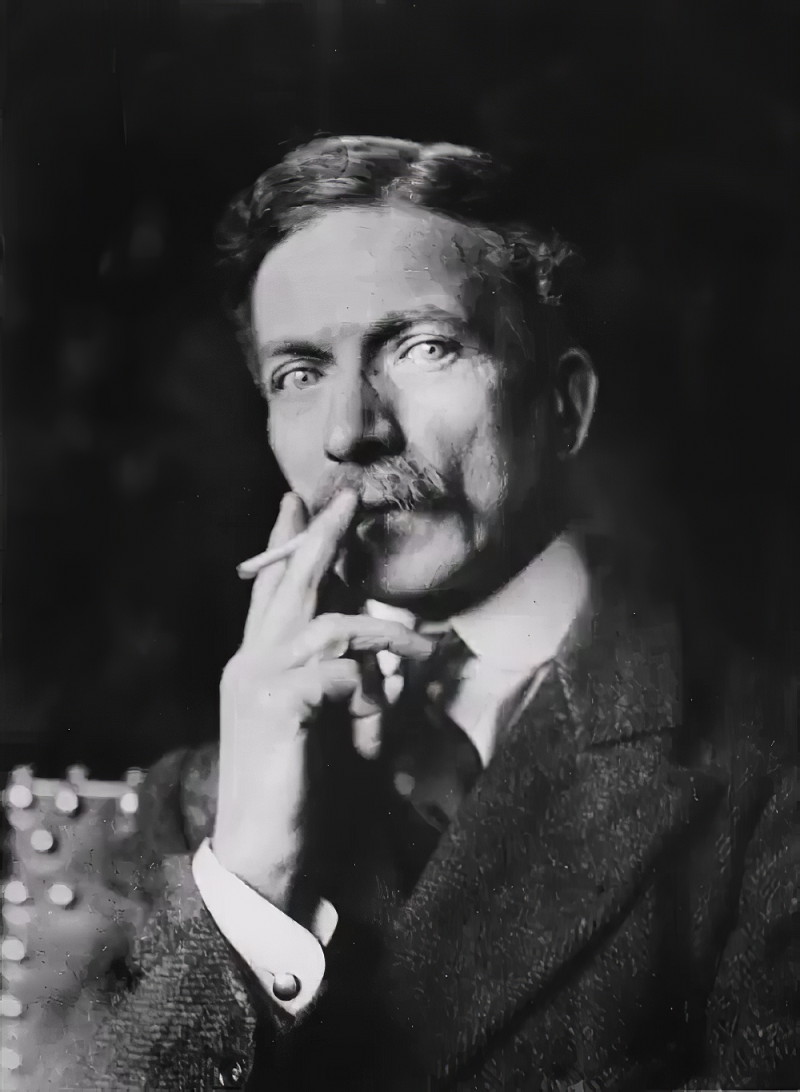
Jean Baptiste Discart was a French painter. He worked mainly in France and the Netherlands.
Jean Baptiste Discart in 1869, he enrolled at the Academy of Fine Arts Vienna, aged only fourteen. He would study there almost continuously until 1880. His primary professors were Leopold Karl Müller and Anselm Feuerbach. It was there that he first developed an interest in Orientalism.
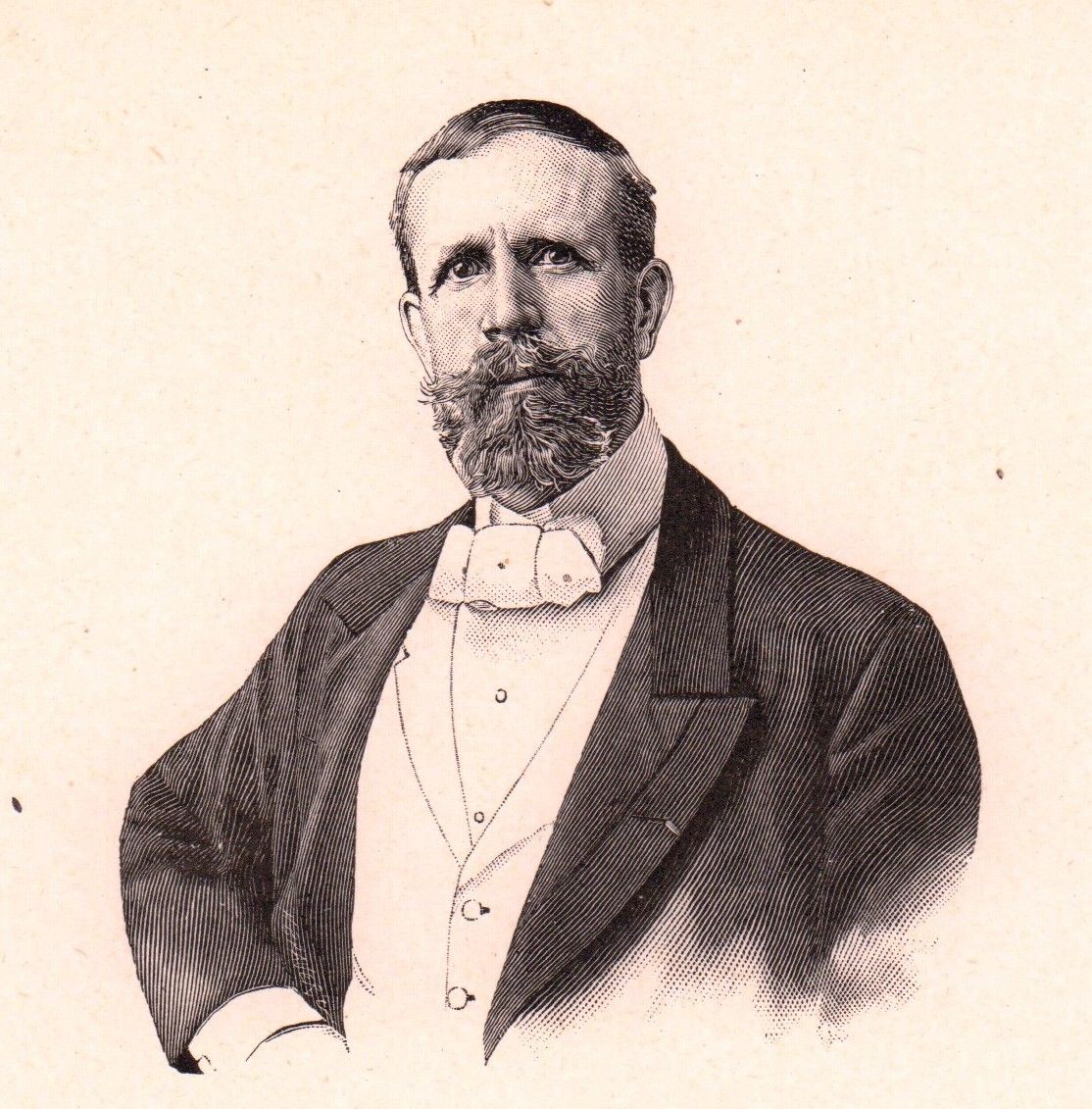
Frederick Arthur Bridgman was an American artist. He was known for his paintings in the Orientalist style.
Frederick Arthur Bridgman studied art at the Brooklyn Art Association and the National Academy of Design in New York. In 1866 he went to Paris to continue his studies at the École des Beaux-Arts. There he worked in the studio of Jean-Léon Gérôme, who at the time was a leading Orientalist painter. Bridgeman painted scenes of everyday life in the area, as well as historical and religious subjects. His paintings were notable for their vivid colours, attention to detail and dramatic compositions.
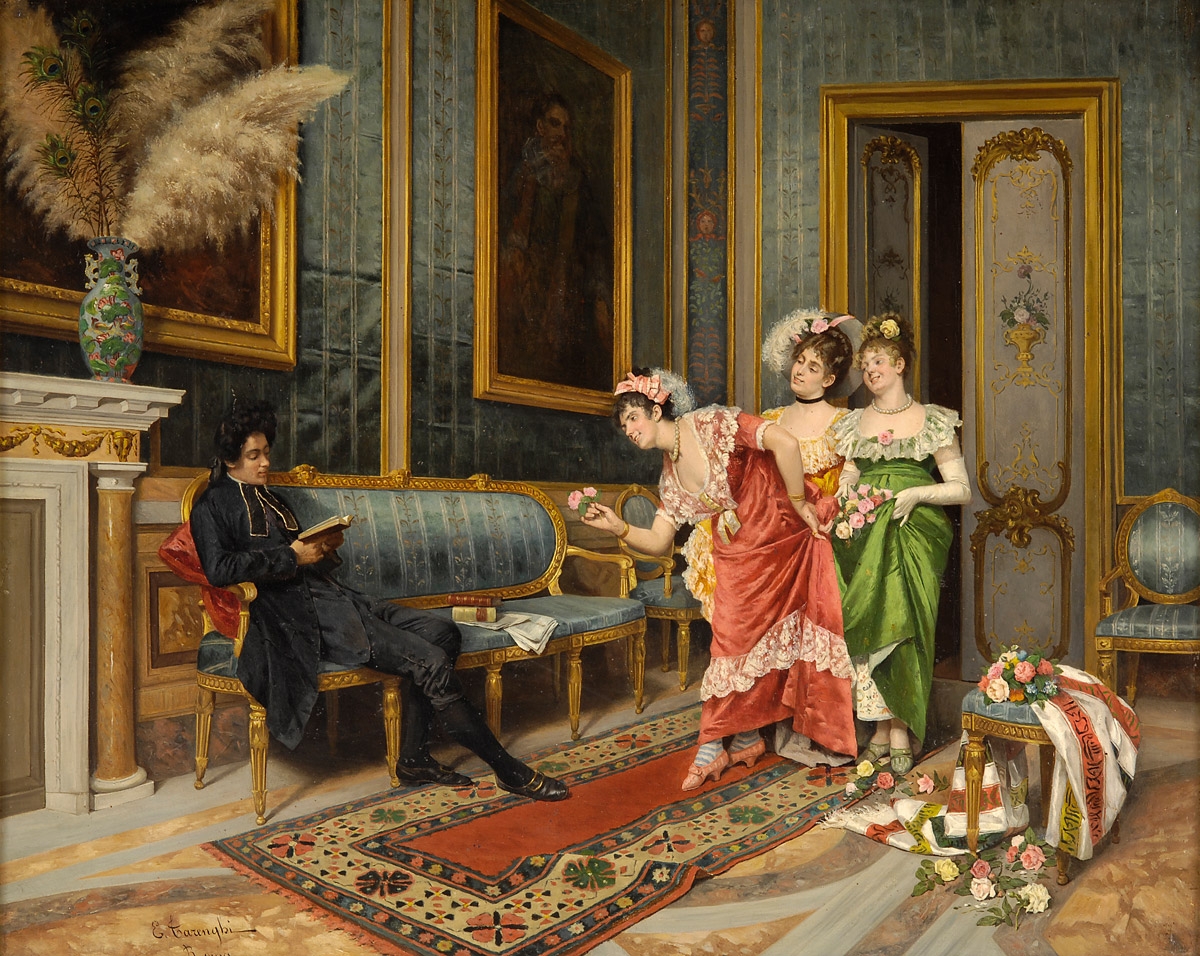
Enrico Tarenghi was an Italian genre painter of oriental scenes and interiors of churches and mosques. He preferred to work in watercolour.
Enrico Tarengi was particularly famous for his mastery of light and atmospheric effects in his paintings. Like many other representatives of the Italian school, he used photography extensively in his work as a template for the background.
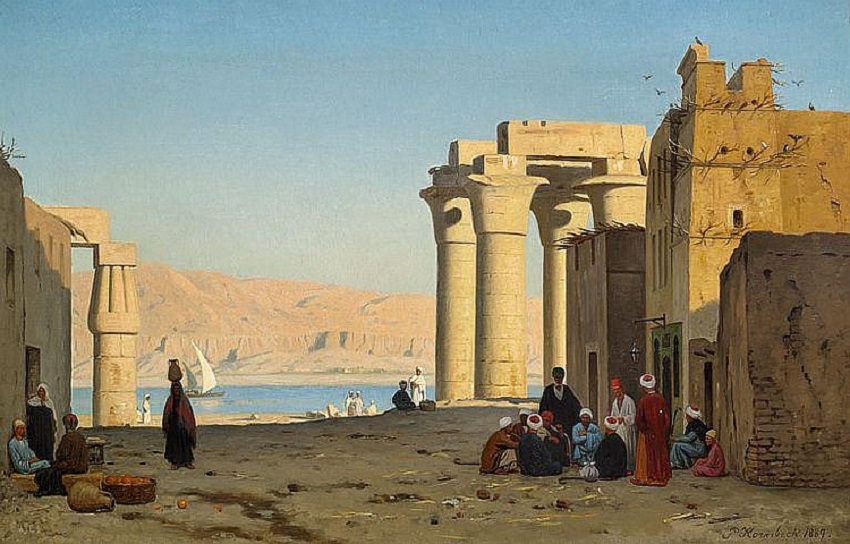
Johan Peter Kornbeck was a Danish painter known for his cityscapes and genre scenes. He studied at the Royal Danish Academy of Fine Arts.
Johan Peter Kornbeck was a skilled draftsman and his paintings were known for their meticulous attention to detail and historical accuracy. He was also interested in using light and shadow to create dramatic effects in his compositions.


